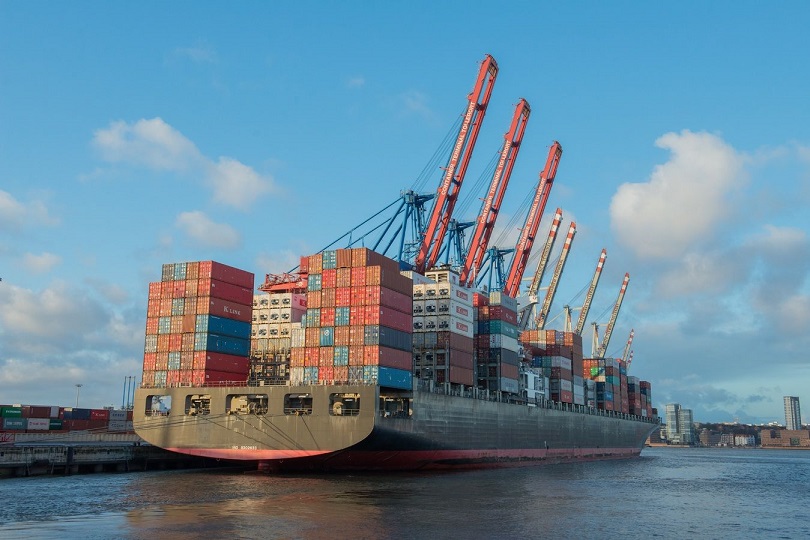Tariffs, which tariffs?
If folks are wondering how tariffs are going to affect replacement cost values in the USA, we are, too.
Every day we follow what is or isn’t on the “liberation” day list. We watch webinars, listen to experts, read and do more reading.
The overall thought, as of early April 2025, is that insurers could see an across the board 10% bump above our current 7% expected rate of structure value increases for 2025.
Right now—and for the next few weeks—most tariff impacts will likely be in the partial claim / repair cost area with an immediate cost bump versus RCV, which may not increase straight away.
From the RCV side, our current thought is that maybe it will end up as just a few percentage points since it will impact costs but also spending. The difference from partial claim to RCV is that RCV is controlled more by economic factors, such as GDP, personal incomes, mortgage rates and consumer confidence versus the immediate impact of a partial claim.
Consumers, businesses, etc. have tightened their purse strings in the last two months. GDP estimates are down a point. Our opinion is that consumers’ spending increases are now, at best, six months away. That may bring GDP down further.
Exacerbating the situation is the stock market drop. That makes people feel poorer, delays spending, and so on.

The economists we follow look at the macro environment and think the combination of tariffs and downturn bring the 10% tariff impact to 0% impact because the overall spending will dip, and we will hit a recession.
The Good News and The Bad News
So, the best good news with a recession is builders will be unable to maintain current profit/wage levels and will need to lower prices to keep cash flowing. That will keep RCV inflation flat.
The bad news is it takes a while to restart that industry back up again. (Remember the 2008 Financial Crisis and its aftermath?) A building slowdown takes a while to ramp back up. The bad news is the entire economy will be slow.
An additional factor that impacts the world we care about is that rates may not drop enough or fast enough to keep the machine going. The Prime Rate may have to go to 2% to move things. So, we could end up with inflation coming back when some of the pent-up demand comes back. This will raise home construction input costs, but in a cooling economy. That is stagflation.
However, tomorrow the whole thing could be called off and we are back to 7%. Although, residual impacts from the on-again, off-again announcements may keep prices higher.
Certainly, the market drops and “wealth-effect” —as people think (and have) less wealth—can also slow an economy as people and businesses stop spending. We are a service-oriented economy. Approximately 70% of GDP is for services, not goods. If 70% of the USA reduces spending, it is hard for the 30% of the things we manufacture—the items hit by tariffs—to make a positive impact quickly on 70%.
In other words, if the 70% reduces spending, buys fewer manufactured items and less tariff impacted food items, it will take longer for the overall economy to be driven up by the tariffs. In addition, suppliers and builders would first need to go through their current inventory before the tariffs hit their purchases. Although some companies may have already increased their prices in anticipation of tariffs.
Unfortunately, that brings us, and everyone else, to “pick a number.” The actual impact is still day and news cycle dependent, ranging from 0% to 20% for an impact on RCV. For partial claims, our guess is a 15% bump at current rates could creep in by May 5, RCV impact will be after that.
We are watching, learning, and are ready to act when there is an actual number and actual data.

